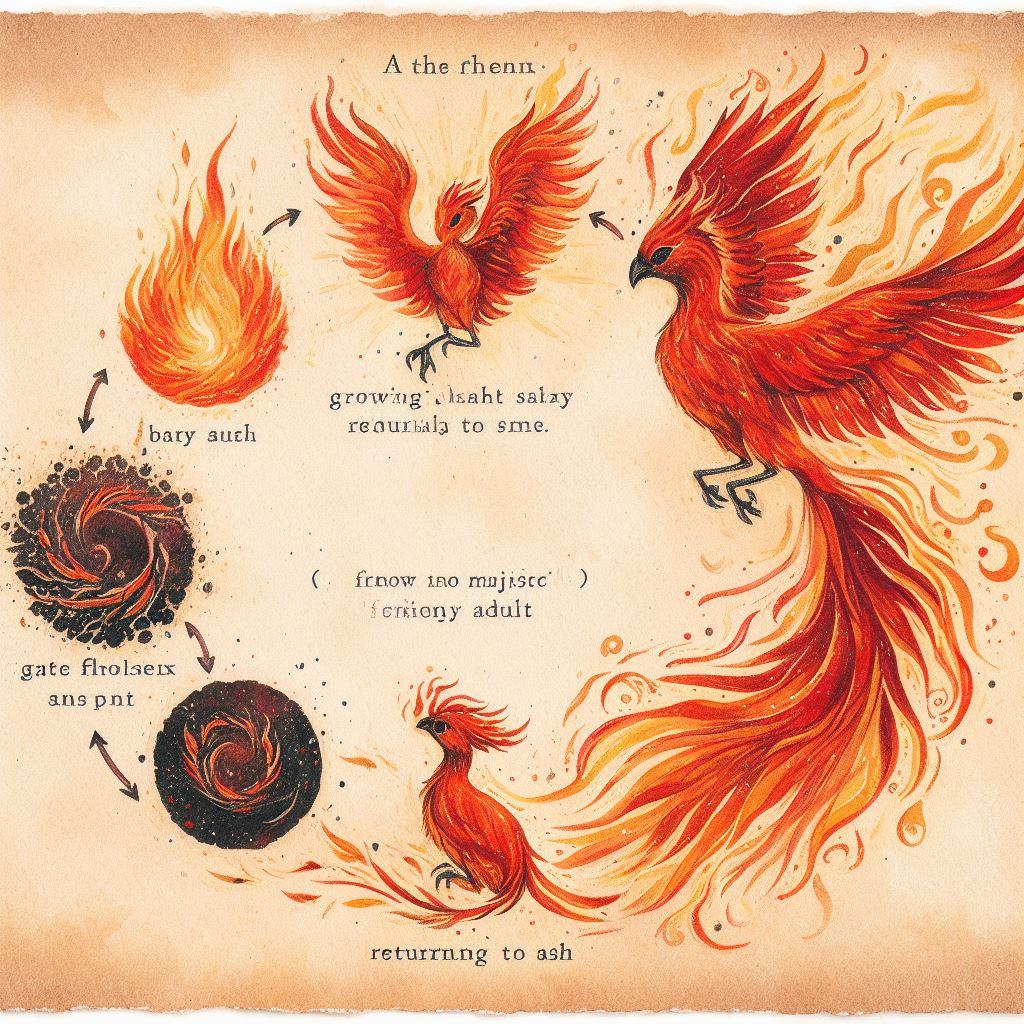
As a personal investor, there was a time when I felt utterly lost. I was swept up in the whirlwind of daily news, technical analysis patterns, and a confusing matrix of methods -from value and growth to trend-following, buying breakouts, and chasing news… only to be disappointed when the market didn’t move the way I thought it would. It’s a feeling I believe many of us have shared.
Everything truly changed when I discovered a different way of thinking, a method called the “Capital Cycle”, after a fortunate and chance encounter with two books by Edward Chancellor: Capital Account and Capital Returns. One of the most influential passages that reshaped my investment philosophy was this:
“Over the long run, it is a company’s return on capital, not changes in quarterly earnings, which primarily determines the direction of its share price. The return on capital of any company is largely subject to the state of competition within its industry.”
I suddenly realized that beneath the complex and elusive layers of value investing science, this was also the method and the lens that legendary investors like Warren Buffett have used to achieve their outstanding success. I had truly found the compass, the lighthouse for my investment career.
The core of this magical method is, surprisingly, very simple: Stop focusing so much on demand. Instead, focus on supply.
The market is perpetually obsessed with the question, “Will demand explode?” But forecasting demand is incredibly difficult. Conversely, tracking supply is much easier and more certain. Increases in supply are often announced with great fanfare, from building new factories and opening mines to IPOs and secondary share offerings.
Picture the cycle:
1. An industry gets “hot” and earns enormous profits. This naturally attracts new competitors to rush in.
2. Existing companies and newcomers alike pour money into investments and expand production, not wanting to miss out on the boom.
3. However, there’s often a time lag between the investment decision and when that new supply actually hits the market. A few years later, a wave of new factories and products floods the industry all at once.
4. The result? A supply glut. Profits collapse, companies begin cutting costs and laying off staff, and the industry enters a phase of consolidation or contraction.
5. And it is this very contraction in supply that sets the stage for a new cycle of profit growth in the future.
Cyclicality is a feature that nature seems to have programmed into almost everything – from the universe to companies and even human psychology…This cyclical thinking gives you a tremendous advantage. It naturally guides you toward the forgotten corners of the market, where profits are bleak and companies are forced to shrink. This was precisely the moment Warren Buffett became interested in the railroad industry, after it had endured a terrible century and consolidated from over 100 companies down to just a handful of major players. He looked at the improved supply structure instead of worrying about transport demand during a financial crisis. This is also how you can find a TSMC, NVIDIA… and any company with the potential to deliver high, and notably fast, returns (I will write more deeply on this in future posts).
Conversely, this method also serves as a warning, helping you steer clear of overheated sectors where everyone is expanding and competition is about to become fierce.
For me, investing with the “Capital Cycle” isn’t about having a crystal ball. It’s about having a compass. It demands patience and a bit of courage to go against the crowd. But things always unfold according to this law – Make the hard choices now, and the future will become so much easier for you.
– M. Aurelius
